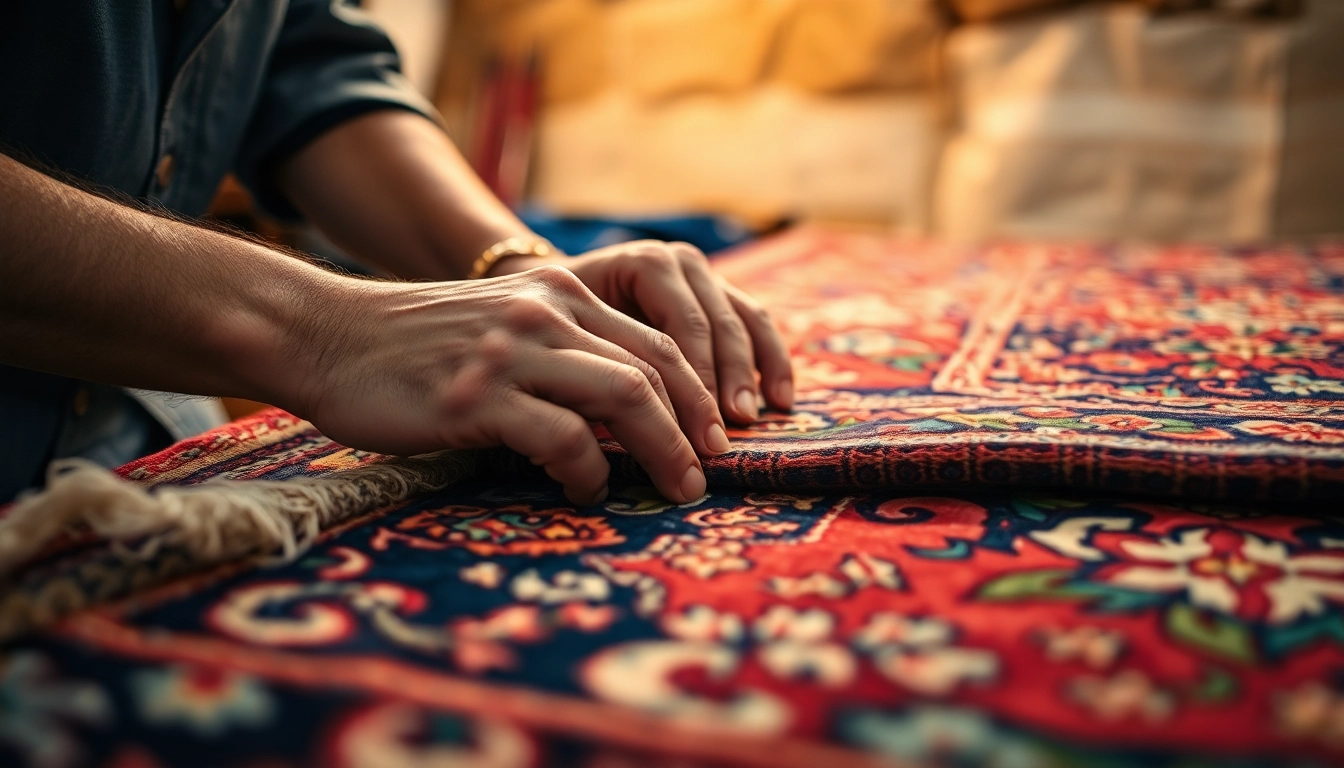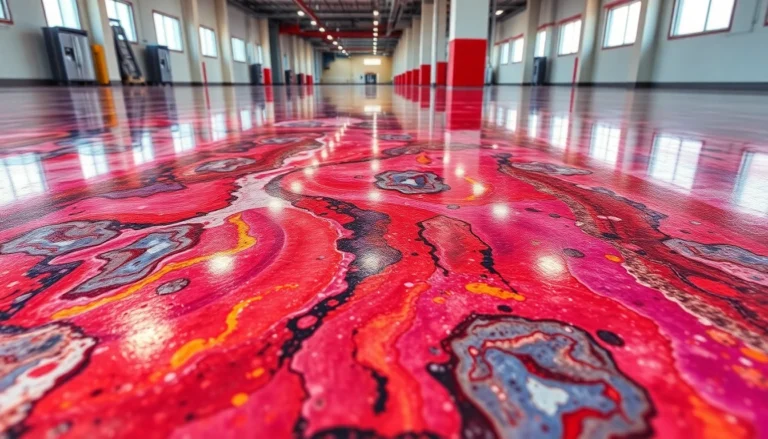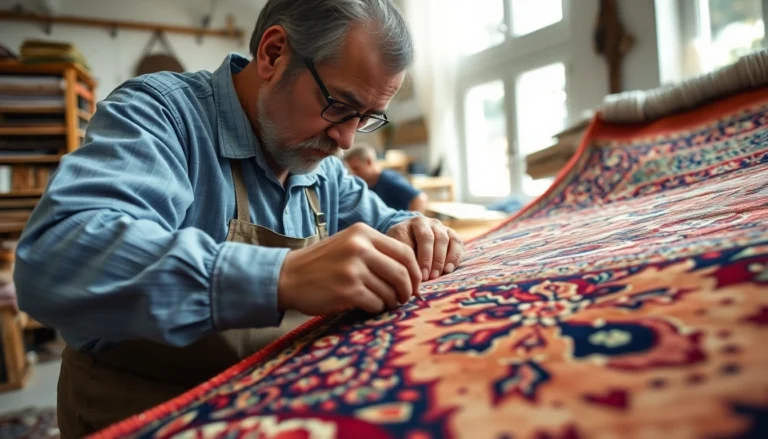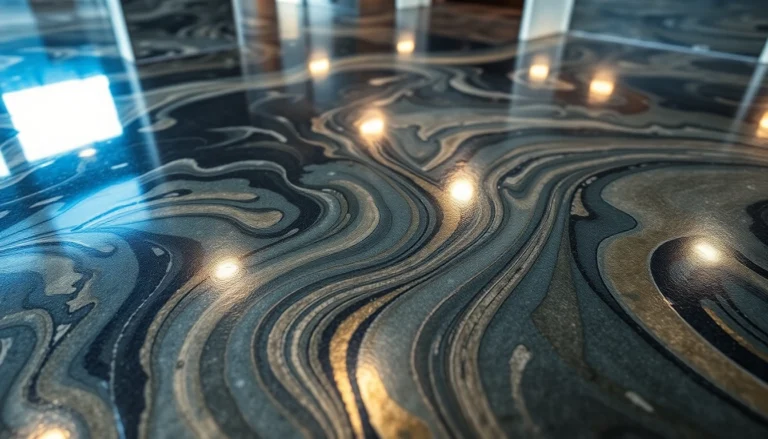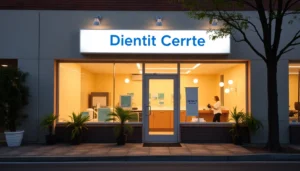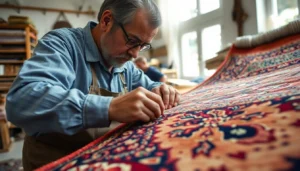Understanding Restauro Tappeti Milano: Techniques and Importance
Restoration of carpets, or restauro tappeti milano, is an ancient craft deeply rooted in Milano’s rich cultural and artistic traditions. Milano has long been a hub for preserving intricate textile arts, balancing traditional craftsmanship with modern restoration techniques. The city’s reputation for high-quality restorations stems from a combination of skilled artisans, innovative technology, and a deep appreciation for cultural heritage. Whether dealing with antique Persian rugs or contemporary woven pieces, professional restorers understand that each project requires tailored approaches to maintain authenticity and integrity. For anyone looking to restore a cherished piece, understanding the significance and methods used in Restauro Tappeti milano provides invaluable insight into the process that safeguards artistic and historical value.
Historical Significance of Rug Restoration in Milano
Milano’s historical role in textile preservation dates back centuries, with craftsmen passing down techniques from generation to generation. The city has hosted renowned ateliers specializing in restoring fine carpets, reflecting its commitment to cultural conservation. Restoration here isn’t merely repairs; it’s an act of cultural preservation that ensures the longevity of artistic masterpieces for future generations. Many restored carpets from Milano’s workshops have become priceless artifacts, contributing to Italy’s reputation as a center for luxury craftsmanship. The city’s museums and private collectors often commission experts to revive valuable vintage and antique carpets, emphasizing the importance of precise restoration processes that respect original artistry.
Common Damages Addressed by Professional Restauro
Professional restorers in Milano handle a spectrum of damages that can compromise both the appearance and structural integrity of carpets. These include frayed edges, tears, holes, color fading, stains, and damage caused by pests or environmental factors. For instance, frayed fringes not only diminish aesthetic appeal but can also lead to further unraveling if left untreated. Stains from spills like wine, coffee, or pet accidents can be deeply embedded, requiring specialized cleaning techniques to restore vibrancy without damaging delicate fibers. Additionally, discoloration caused by prolonged sun exposure necessitates careful color restoration to recapture the original hues. Skilled restorers employ a combination of traditional craftsmanship and state-of-the-art technology to address these issues effectively.
Modern Techniques Versus Traditional Craftsmanship
The field of rug restoration has evolved considerably, integrating traditional craftsmanship with modern technological advances. Traditional techniques often involve meticulous hand-sewn repairs, natural dyes, and expert cleaning methods passed down through centuries. On the other hand, modern approaches utilize advanced tools like laser cleaning, chemical analysis for color matching, and digital imaging for damage assessment. For instance, laser technology enables precise cleaning in delicate areas without harming the fibers, reducing manual effort and increasing accuracy. Meanwhile, digital databases help restorers track the history and materials of each rug, ensuring authentic restoration. The optimal approach melds these techniques, leveraging traditional artistry for authenticity while employing modern methods for efficiency and precision, thereby producing results that are both durable and visually seamless.
Step-by-Step Guide to Restauro Tappeti Milano
Initial Assessment and Damage Evaluation
The restoration process begins with a comprehensive assessment by experts to diagnose the extent of damage and determine the best course of action. This involves close inspection of fibers, dyes, and structural integrity, often supplemented by detailed photographic records. Restorers evaluate whether the damage is superficial—such as surface stains—or structural, like broken knots or tears that may require reweaving. Understanding the rug’s history, provenance, and materials used is crucial for selecting suitable cleaning and repair techniques. This phase ensures an accurate quote and helps prioritize restoration steps aligned with preserving authenticity.
Cleaning and Stain Removal Procedures
Deep cleaning is vital to restore vibrancy and eliminate dirt, grime, and biological agents that can cause deterioration. Restorers employ gentle, eco-friendly detergents and sometimes employ proprietary chemical solutions for stubborn stains. Hot water extraction with specialized equipment can effectively remove embedded dirt, especially for heavily soiled antique rugs. Additionally, spot treatments target specific stains, using pH-balanced solutions that do not compromise fibers or dyes. Proper cleaning not only improves appearance but also prepares the rug for subsequent repair and color restoration stages, ensuring better adhesion of dyes and repairs.
Repairing Frayed Edges, Holes, and Color Restoration
Once cleaned, repairs focus on addressing physical damages. Frayed edges are often reinforced or re-bound using traditional hand-sewing methods. For holes or tears, skilled artisans reweave missing sections with matching fibers, ensuring minimal visual disruption. Color restoration involves carefully choosing dyes that match the original hue—natural or synthetic—depending on the rug’s age and type. This step is critical for achieving uniformity, especially when fading or discoloration has occurred. Expert restorers also work on restoring frayed fringes or loose knots, which can be secured with fine, hand-sewn stitches that blend seamlessly into the original pile.
Choosing the Right Restauro Service in Milano
Qualities of a Reputable Restoration Workshop
Finding a trustworthy restoration service demands careful evaluation of workshop credentials. Top-tier facilities emphasize artisan craftsmanship, use high-quality materials, and adhere to ethical conservation standards. Certifications from recognized textile or art restoration associations often serve as indicators of professionalism. Transparency about techniques, detailed estimates, and proven experience in restoring similar carpets are vital. Additionally, reputation matters: reviews, testimonials, and examples of previous work provide insights into the consistency and quality of outcomes. A reputable workshop also prioritizes preserving the authenticity and original character of each piece.
Questions to Ask Before Services Are Rendered
Before proceeding, clients should inquire about their potential partner’s expertise, methodologies, and material sourcing. Questions such as “What techniques will you use for my specific type of rug?” or “Can you provide before-and-after photos of similar projects?” help gauge experience. Clarify the timeline and total costs involved, including hidden charges for additional repairs or treatments. It’s also prudent to understand post-restoration care and warranty policies. Ensuring clear communication at this stage sets the foundation for a successful and satisfying restoration process.
Cost Expectations and Value for Investment
Restoration costs vary based on factors like size, material, damage severity, and intricacy of repairs. In Milano, prices can range from as low as $50 for superficial cleaning to several thousand dollars for comprehensive restoration of antique, high-value pieces. It’s essential to see restoration as an investment—not merely a service—since properly restored rugs increase in aesthetic appeal and market value. Competitive quotes should balance affordability with expertise; overly cheap services may compromise quality, risking further damage. When evaluating costs, consider the longevity and craftsmanship involved, which ultimately deliver the best return for your investment.
Maintaining and Preserving Restored Tappeti
Best Practices for Daily Cleaning and Care
Maintaining a restored rug’s beauty requires consistent, gentle care. Regular vacuuming using a low-suction setting prevents dirt buildup while avoiding damage to the fibers. Avoiding direct sunlight minimizes fading and color deterioration. Immediate attention to spills and stains prevents permanent damage—blot liquids gently with a clean, dry cloth instead of rubbing or scrubbing. Periodic professional cleaning, depending on traffic and environment, helps preserve the integrity of the restoration work. Using appropriate padding underneath the carpet can also reduce wear and slip, extending its lifespan.
Long-term Preservation Tips and Environmental Considerations
Long-term preservation involves controlling environmental factors: maintaining stable humidity and temperature levels prevents mold or fiber deterioration. Avoiding exposure to harsh chemicals or pollutants is crucial, and positioning rugs away from heaters or air conditioners reduces environmental stress. For valuable or antique pieces, encapsulating the rug in protective coverings or installing UV-protective window films can be effective. Regular inspections by restoration professionals can help catch early signs of damage, ensuring timely interventions that extend the life of the rug.
When to Schedule Future Restorations
Even well-maintained carpets benefit from periodic checkups: every 5-10 years, or sooner if signs of wear, fading, or damage appear. Restorations are not one-time events; they are part of ongoing preservation. Regular assessments ensure that minor issues are addressed before becoming significant problems, saving costs and prolonging the beauty and value of your carpets. Additionally, updating restoration techniques over time can help incorporate advancements, further improving the durability and appearance of your prized rugs.
Benefits of Professional Restauro Tappeti Milano
Enhancement of Aesthetic Appeal and Value
Expert restoration can transform a dull, damaged rug into an eye-catching centerpiece, restoring its original luster and intricate details. This enhancement not only elevates interior decor but also increases the piece’s market value. For collectors and enthusiasts, high-quality restorations ensure their investments retain or appreciate in worth, making professional services a worthy investment.
Prolonging the Lifespan of Precious Rugs
Proper restoration addresses structural issues that, if left untreated, lead to rapid deterioration. Reinforcing fibers, repairing damaged areas, and restoring color vibrancy significantly extend the lifespan, allowing cherished pieces to be enjoyed for generations. This preservation effort safeguards cultural heritage, especially for historically significant or aesthetically rare carpets.
Safeguarding Cultural and Artistic Heritage
Milano’s tradition of craftsmanship and cultural pride relies heavily on the careful preservation of textiles and artistic objects. Professional restoration helps sustain this legacy by ensuring that valuable and often irreplaceable artifacts continue to contribute to Italy’s artistic landscape. Each restored rug becomes a vessel of history and artistry, with meticulous work ensuring its stories remain visible for future appreciation.
